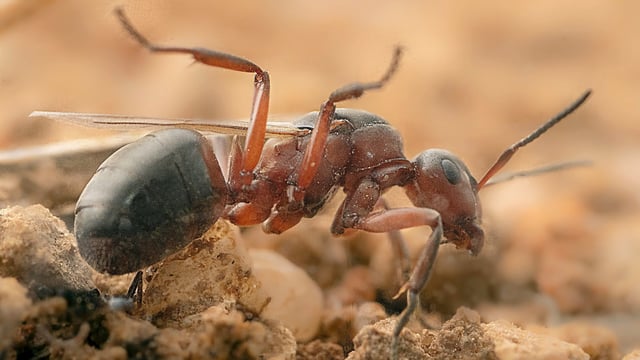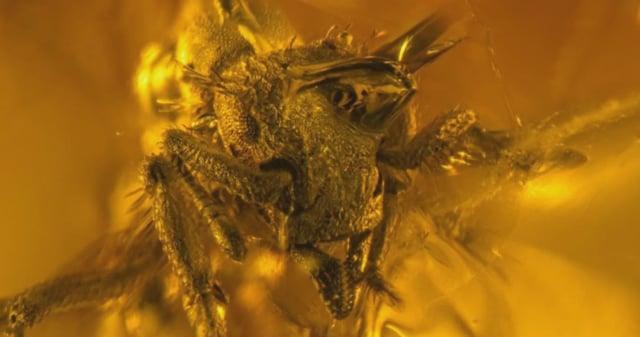Overview
- Scientists discovered Basiceros enana, the first fossilized Caribbean dirt ant, preserved in 16-million-year-old Dominican amber.
- The fossil reveals that this cryptic genus inhabited the Caribbean before local extinction during the Miocene epoch.
- Basiceros enana, measuring 5.13 mm, is notably smaller than its modern relatives, which reach up to 9 mm in length.
- Advanced Micro-CT imaging shows the ant already possessed specialized camouflage hairs, key to its crypsis, 16 million years ago.
- The study suggests ancient land bridges may have enabled the genus's dispersal to the Caribbean, with extinction driven by habitat loss or competition.



